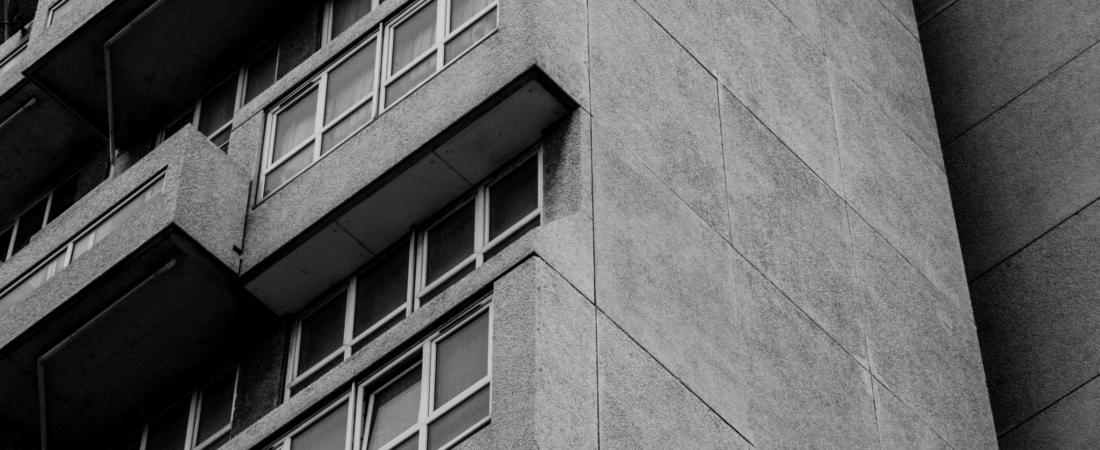
MyDek has been closely following and providing insights on the EWS (External Wall System) form since its inception. The EWS form was dubbed a solution to many issues surrounding the sale of homes that made use of combustible materials in external walls. Two years on from the legislation changes, a great degree of uncertainty still exists when it comes to addressing cladding issues affecting existing buildings. Here are some key challenges that impact the housing market:
High Risk vs High Rise
Under the new regulation, any and every building work which starts after 20th February 2019 must follow certain specifications. The goal of these is to ensure that no balconies or decks constructed in new buildings are made up of combustible materials. This applies to:
New buildings that,
– are above 18m, and
– are used as sleeping places for people.
The new regulation sets out that all the components of the walls, decks, balconies must be tested as non-combustible (European Classification A2-s1, d0 or A1).
Since the new building regulation, there is a degree of ambiguity as high rise, and high risk have been used synonymously within the industry. Buildings that are below 18m and make use of combustible materials too can be classified as high risk. Much of the focus has been on buildings that are above 18m, which also needs to be addressed appropriately. This 18m rule is currently under review by the Ministry of Housing, Communities & Local Government.
The EWS Form and PI Cover
Mortgage lenders are increasingly refusing to lend on properties that make use of combustible materials within the construction. Especially in high rise buildings, if the vendor cannot confirm the property adequately meets the standards following on from the Building Amendment Regulations 2018, there have been instances of the surveyor valuing the property at £0 until the developer has been able to prove otherwise.
The EWS form was developed to overcome these issues, but it is not without its challenges. Residents and stakeholders are now required to appoint a qualified fire safety professional to carry out the review and provide an EWS certification for the building. The certificate will indicate whether the building is found to have no combustible materials to the external walls.
In theory, this process seems a workable solution to an existing challenge within the industry. However, many experts are unable to secure PI (professional indemnity) cover to carry out the EWS checks. Post Grenfell, PI is particularly challenging to obtain as insurance providers are wary of enormous payouts. This has limited the number of experts who can carry out these checks, which in turn has lead to further delays in the EWS certification for the end-user.
Shift in Responsibility
Furthermore, the EWS shifts responsibility from the leaseholder to the expert (or rather the firm of the expert) carrying out the review, further reducing the number of experts willing to carry out EWS checks. Many fire firms are unwilling to take on the risk, thus reducing the number of professionals who can carry out the tests.
Geoff Pelger , Head of Refurbishment at MyDek added “A recent report by the FIA highlighted this issue and expressed concern about the shortage of fire assessors either qualified and/or willing to undertake the technical assessment required achieve a proper EWS1 sign off.”
As such, the EWS comes with several disadvantages; which are adding to the obstacles faced by leaseholders and residents in affected buildings, while it was intended as a solution(to an existing problem).
Geoff Pelger , Head of Refurbishment at MyDek added “In essence the EWS process can help when a building does not have any questionable materials on its wall but where the cladding or related attachments like balconies contain combustible materials the EWS process only serves to highlight the need for remedial work, which in many cases was already known.”
